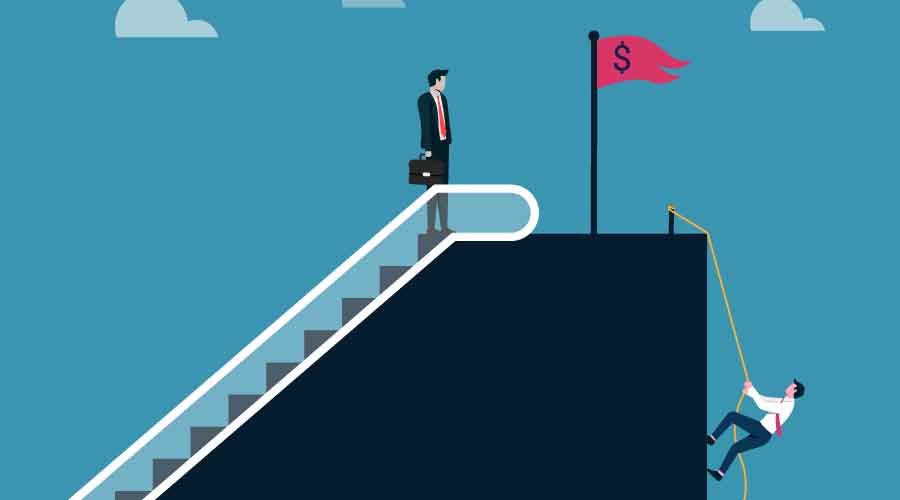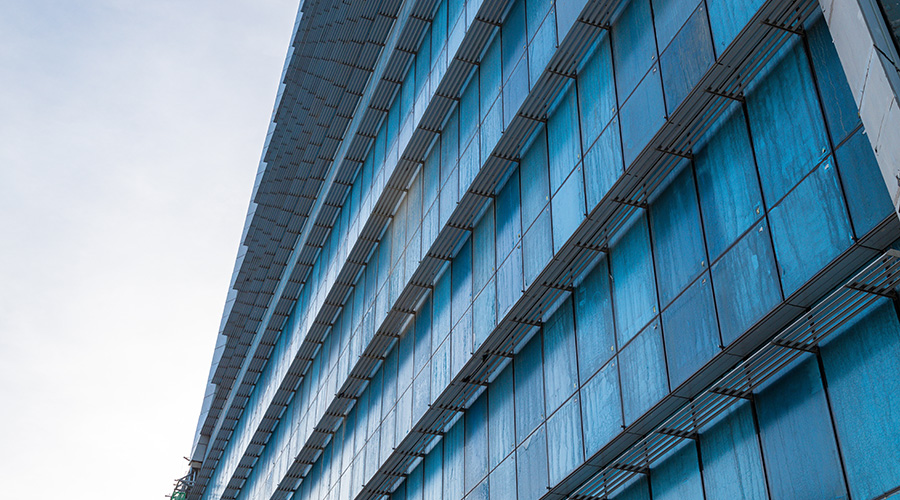Sustainability Budgeting Requires Incentives, Deal Makers
When it comes to sustainable projects, managers should look at the slow economy as a glass-half-full scenario. The current market offers many cost-cutting incentives and rebates. If the message from top executives is to not spend, it does not mean shutting the door on improvements. Start looking for different sources of funds — tax rebates, incentives, and even grants — to fuel sustainability.
Challenge assumptions. Consider renegotiating vendor agreements. Reassess your organization's energy block-rate structure, and consider revising it. Assessed sewage and water rates, and conduct research to see if facilities can reuse water in any capacity within safety guidelines. Clean water is a limited resource, and its cost will rise exponentially.
It is a buyer's market today, and it offers tremendous vendor flexibility. Many new and innovative products and services on the market are geared toward sustainable buildings and operations. In addition, the slow economy is prompting many manufacturers and vendors to look harder for customers, so you often can negotiate with them on the price.
Get on board early with these vendors to identify your facility as a pioneer in adopting a particular product or service. In doing so, you will increase the manufacturer's credibility and create greater market demand for the product or service. In turn, the manufacturer will be grateful for the support and more likely to provide a higher level of service.
Mergers and acquisitions are becoming much more common. If your organization is facing a possible acquisition, you can view a sustainable improvement project as an opportunity for the organization to raise the net worth of a property's assessed value.
But you must make the case. Instead of maintaining the status quo, present scenarios in which sustainable improvements will benefit the net asset value and put the organization in a better negotiating position.
Cost is not the only consideration in planning improvements. Have you exhausted non-cost-related improvement measures? What can you do to use the facility as a tool to support the bottom line? Have you examined space layouts carefully and moved partitions and shelving so natural light penetrates as deeply as possible into the building, contributing to occupant productivity? What free improvement opportunities might you be missing?
You might understand that sustainable improvements generate savings, but if you are not communicating these benefits to facility executives in a meaningful way, your efforts to secure funding for these improvements will get you nowhere.
Rasika Savkar, CEM, LEED AP BD+C, is a technical consultant at Green Building Services Inc. in Portland, Ore. She specializes in energy simulation and analyses, shading analyses, ecological footprints, energy audits, thermal-comfort testing, measurement and verification plans, and LEED documentation.
Agree? Disagree? Have something to say? Let's hear it. Visit myfacilitiesnet.com/members/rasika-savkar, and "Start a Conversation."
Related Topics:












